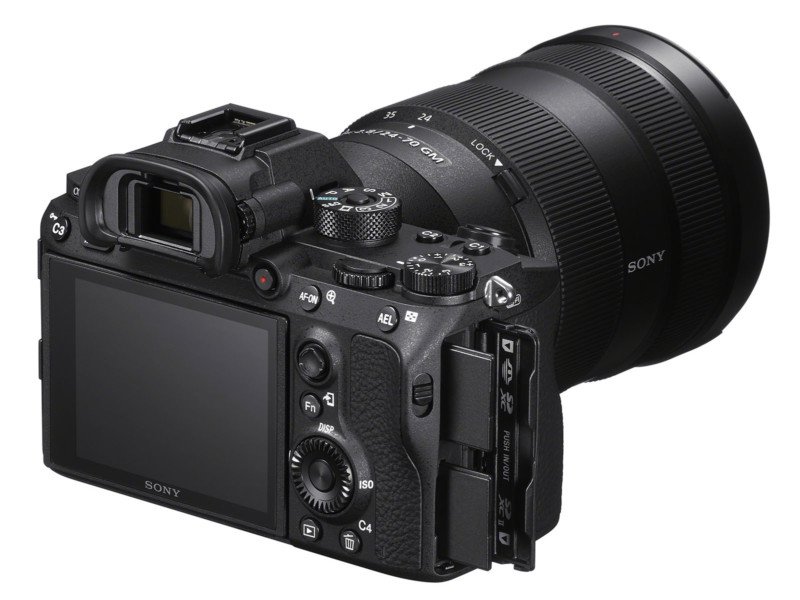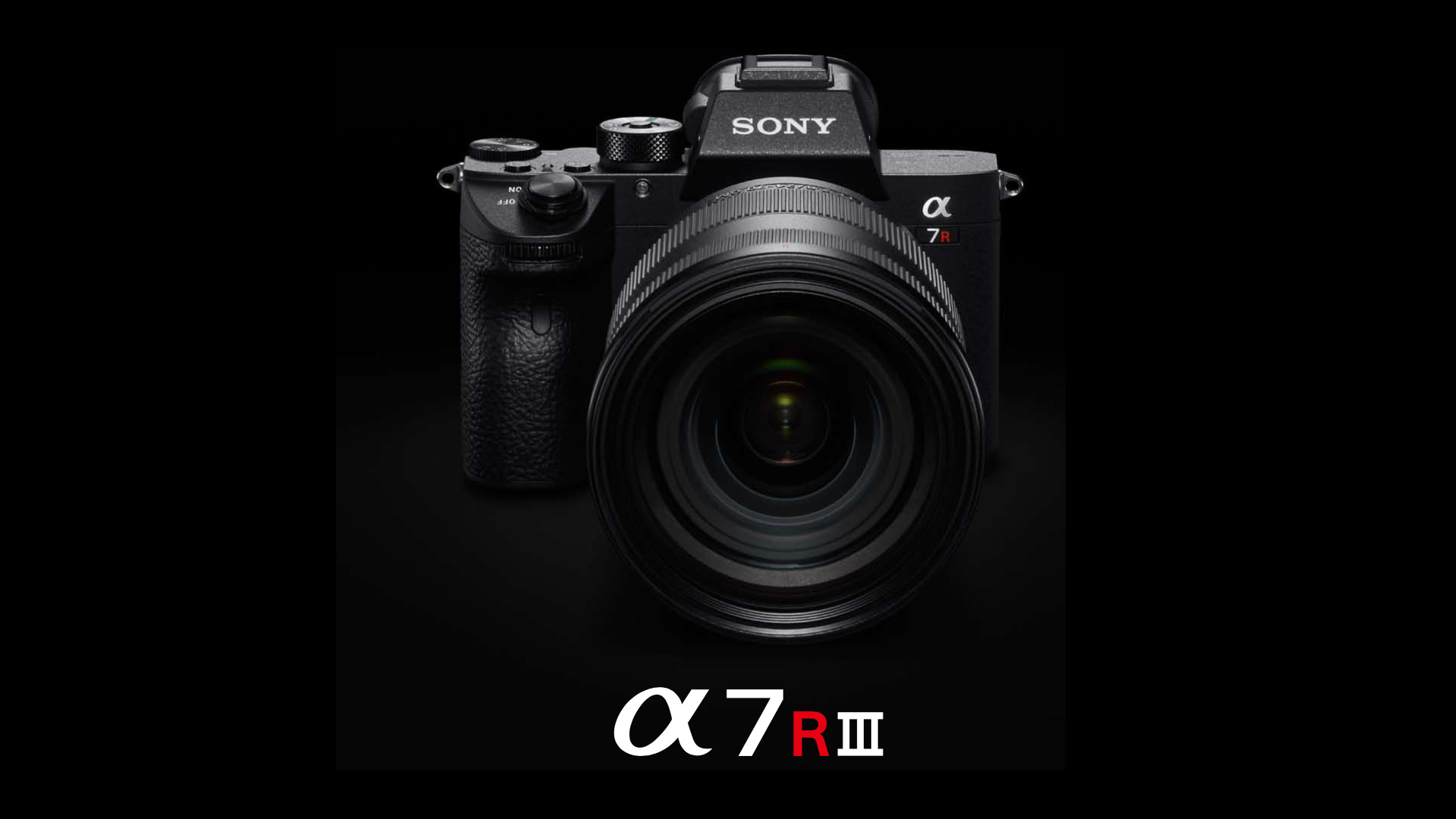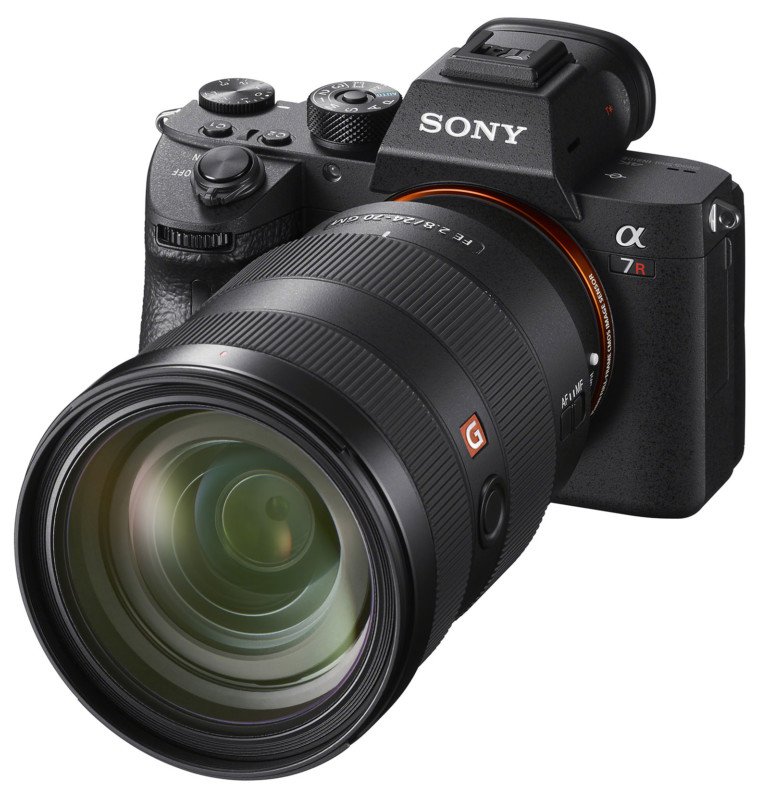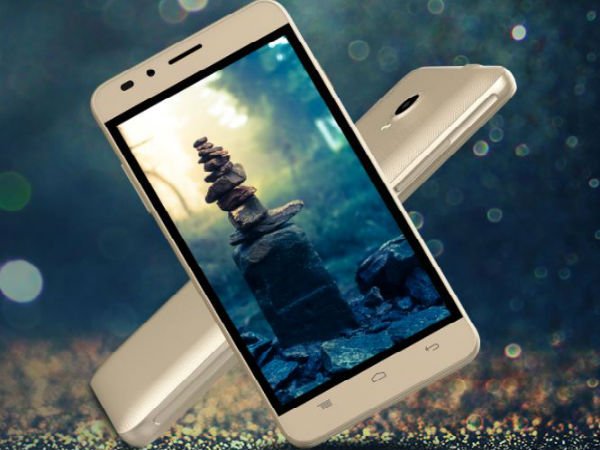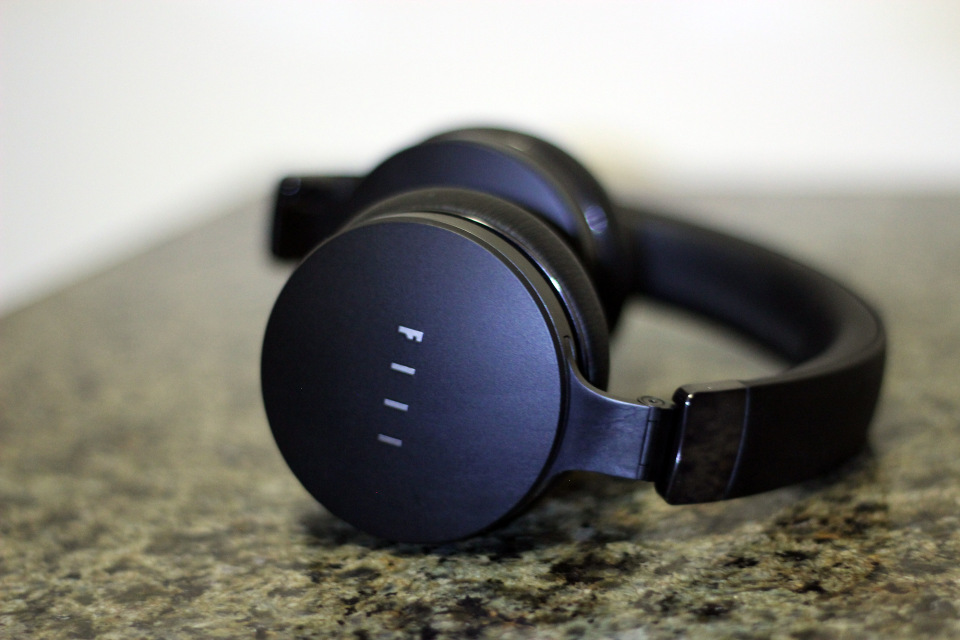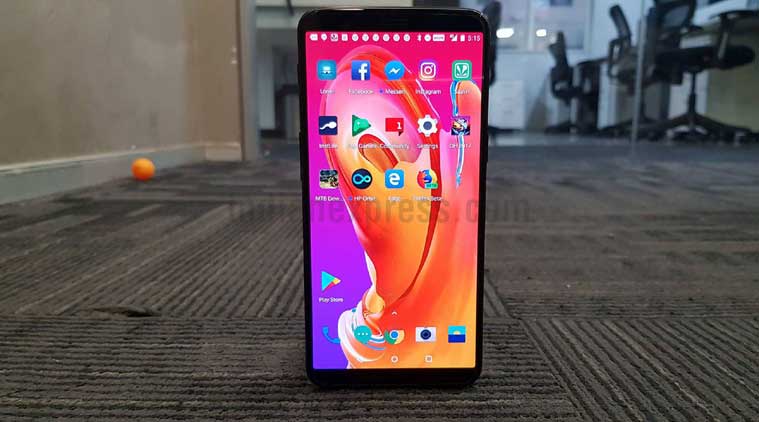Sony A7R III sports BIONZ X image processor
Sony on Tuesday launched the A7R III full-frame mirrorless camera in India. The camera had been launched with an event in New York, to recall and is a refresh into the A7R II that was launched in 2015. In India, the Sony A7R III has been priced Rs. 2,64,990 for the body only, and it will go on sale. Its lens, the SEL24105G, will be priced at Rs. 1,09,990 and will go on sale on November 20.
When compared with the Sony A7R II, the A7R III offers improvements like more autofocus performance and faster burst shooting but fits everything.
Looking at the specifications, the sensor in the new A7R III is the exact same 42.2-megapixel BSI CMOS sensor, but with a new front-end LSI that’s believed to effectively double the reddish out the speed of the sensor. In addition, it gets an updated BIONZ X picture processor that is supposed to be approximately 1.8 times faster than the A7R II. This allows the camera to achieve almost twice the burst shooting at speeds in contrast to its predecessor, at 10fps while using the shutter or the mechanical shutter. This permits you to shoot up to 28 uncompressed RAW images in burst mode or 76 compressed RAW pictures. The maximum ISO as also been bumped up from ISO 25600. Speeds have improved, which now offers precise focusing in low light up. The Eye AF can be said to have turned into an improvement in speed and detection precision.
The Sony A7R III has 399 phase detection autofocus points that cover roughly 68 percent of the picture area and 425 contrast detection AF points. There’s 5-axis picture stabilisation in the body itself, which offers 5.5 step shutter speed benefit. Sony offers a bit of software to go with the camera, called Imaging Edge for pre and post processing operate like RAW development and live-view PC shooting. Pixel Alter Multi Shooting is a new attribute to debut with the A7R III, which shifts four separate images that are pixel-shifted to be captured by the sensor in increments. These four images can be composited and processed utilising the Imaging Edge software package.
Other developments include a greater resolution OLED digital viewfinder (EVF), dual SD card slots (for UHS-II and UHS-I cards) along with USB Type-C (USB 3.1, Gen1) port. Sony has also added other developments across the rear of the camera that include a joystick for navigation and moving focus points, a touchscreen to get signature also an and focus ‘AF On’ button. The A7R III also includes some rock solid video recorders as it is capable of shooting 4K video, utilising the full resolution of this sensor, or at Super 35mm format, which essentially shoots at a higher resolution and then down-samples the footage to 2160×3840, thereby giving you much greater detail, dynamic selection, and colors. Additionally, it displays HLG (Hybrid Log Gamma) metadata, which lets HLG compatible HDR screens to accurately display the footage without even needing any post-processing. Framerate shooting is found at 120fps that is 1080p.

